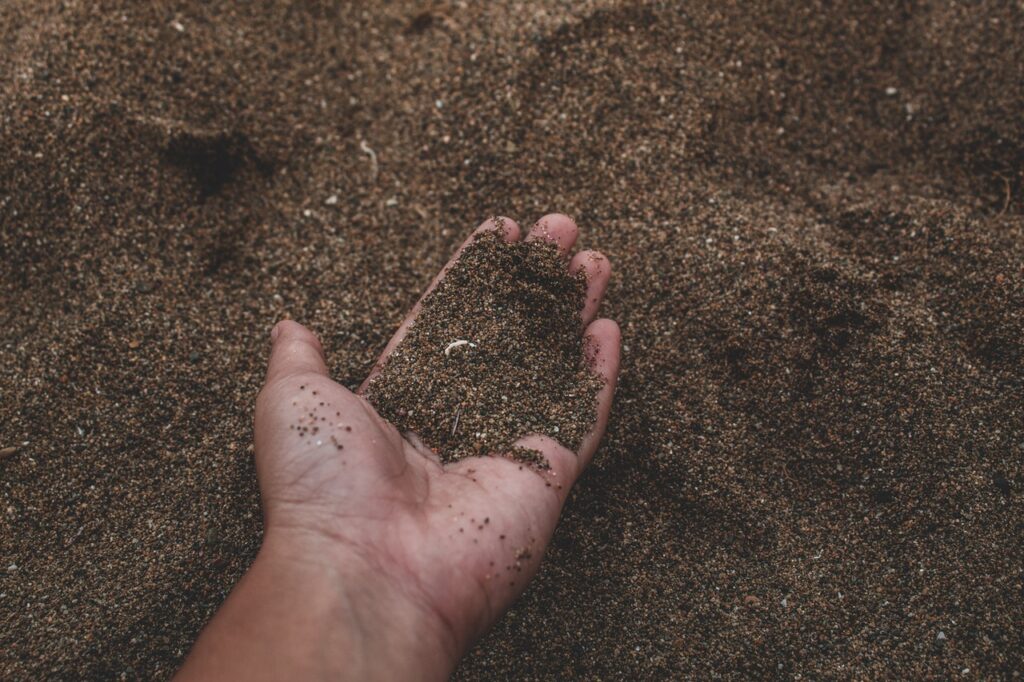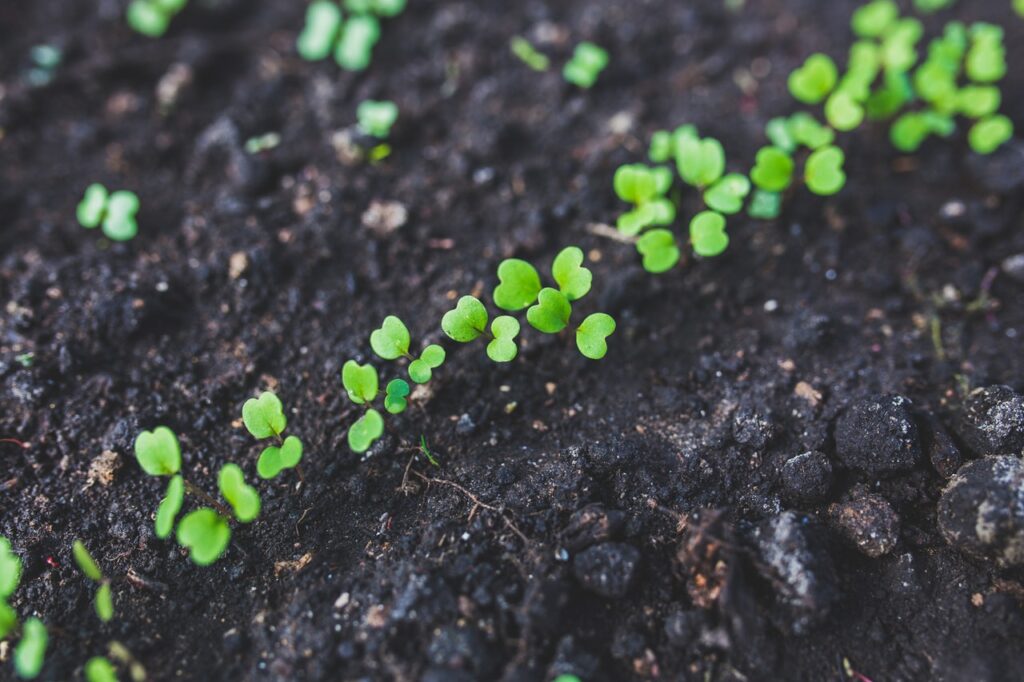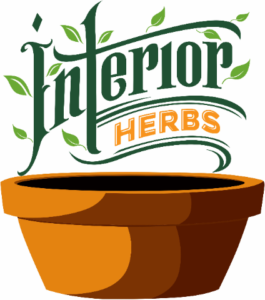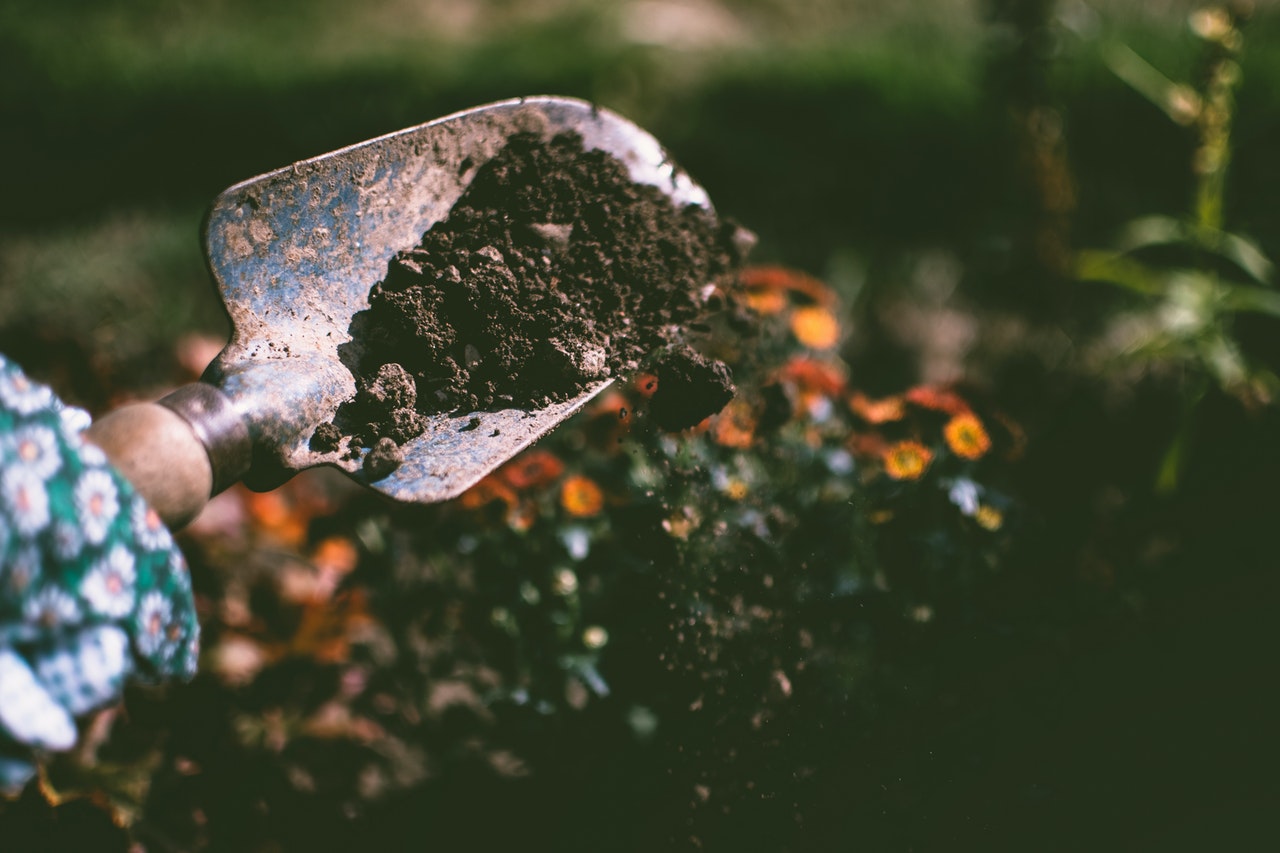Engaged in growing flowers at home, the gardener recreates conditions as close as possible to the natural habitat of the plant. It is difficult to find a definite answer, which soil is best purchased or prepared according to one’s own recipe, it is better when there is peat in the soil or such an element negatively affects the growth of plants, why do some crops grow well on certain soil, while others do not get along well with it?
In this article we will try to figure out what types of soil for plants are, and learn how to choose them correctly for your flowers and plants.
Types of Soil: Advantages and Disadvantages
Why soil is generally needed? It helps plants move nutrients and air to the roots. The main types of soils found in nature are sandy, sandy loam, black, marshy, clay, loamy, and also calcareous. Each species has a number of advantages and disadvantages.
In addition, you rarely see a pure composition, often the soils mix, but with the superiority of largely one of the species. We will analyze each type of soil individually, consider their advantages and disadvantages, and also identify possible problems of each soil, and ways to improve soil areas.
We will look at:
- Sandy soil
- Sandy loam soil
- Clay soil
- Loamy soil
- Black soil
- Calcareous soil
- Peat soil
Sandy Soil
Sandy soil is very easily recognizable, since it is loose and easily passes water through itself, in the hands of a handful of such land easily crumbles. All its properties are both advantages and disadvantages. It quickly heats up, and also cools quickly.
It retains moisture very weakly, in connection with which such soil will soon remain without water, and mineral substances intended for plants are rapidly washed away.
Unsuitable for growing most crops without the addition of other soils. To increase the effectiveness of this type of land, it is necessary to regularly improve its compaction properties. Frequent additions of peat and humus, good mulching after a few years provide a visible effect.
Sandy Loam Soil
Sandy loam soil resembles sandy soil in its features, but it already contains enough clay to have a compacting effect and thereby retain minerals and various useful substances.
Its properties help it to quickly warm up and to retain water and heat for a longer period. In the hands of a handful of such earth sticks together, but does not hold its shape. Anything can grow on such soil. This is a good option for summer cottages, and even indoor gardening.

Clay Soil
Soil in the ratio of 20% sand and 80% clay is called clay. The clay type soil is also simply determined, it is enough to take a handful of earth in your hands, adding a little water: if it takes shape, easily sticks to your hands, there will be no doubt.
Due to its fertile properties, it absorbs water poorly, warms up slowly, almost no air passes through it. Growing crops in such a soil is problematic. But if you deal with the transformation of the earth, level the terrain, periodically add river sand, lime impurities, plant green manure fertilizers, and also add organic additives and enrich black soil, it will also be able to bear fruit.
Loamy Soil
A good option for summer cottages is loamy soil. The advantage of the soil is its good conductivity of water and air, as well as their distribution in the soil layers, heat retention. In the hands of such a land is collected in shape, but when you try to change the shape, it falls apart.
Such a soil does not require special care or fertilizers, as it contains many elements in itself, with the exception of lime impurities. Mulching the soil will help to retain moisture for a long time underground, and regular loosening of the soil will provide maximum air permeability and rapid heating in the spring.
Black Soil
It contains from 6-9% of the main organic matter of the soil, humus. The remaining types of soils have a humus content of not more than 4.5%. The higher its content, the blacker the soil, from which it takes its name and distinguishing feature black soil. It absorbs and retains water perfectly.
It is the best type of soil for the germination of various plants, both in summer cottages and in indoor conditions. The disadvantage of black soil is only its high price.

Calcareous Soil
The next type of soil has a regular lack of nutrients. The calcareous soil has a light brown color, heats easily and quickly, and also quickly dries up, forming a hard crust on the surface that interferes with the free passage to the roots of the air. And useful substances leave the upper layers of the soil due to the rapid passage of water through it, which negatively affects fertility.
The soil allows plants to take some substances from it. If you try to use such soil you will grow whimsical plants, the leaves will turn yellow, and growth will stop. To reanimate such soil, it is necessary to use loamy soils with organic and potash fertilizers.
It is also recommended to sow green manure on such soil and apply a mulching layer, since it is the most effective method of retaining moisture in calcareous soils.
Peat Soil
It is difficult to call peaty or otherwise marshy soil productive, it absorbs water as quickly as it gives, it is difficult to heat up, and often has an increased acidity coefficient, the nutrients in them are poorly accessible for plants. A distinctive feature of this soil is the effective retention of minerals in itself.
It is possible to increase the soil fertility by adding sand, deep loosening, and also to add calcareous impurities to the earth on especially acidified areas. You can create drainage systems or ditches that will drain water.
However there are some plants that thrive in these soils, such as venus flytraps and so to dismiss peaty soils entirely would be wrong.
How To Choose The Right Soil
Now let’s move on to the most important question, how to choose the right soil. Plants play a decisive role. If you have a whole garden of plants, then universal soil will be a more or less suitable choice.
But remember that soil selection individually, more effectively affects the growth and health of crops.
Best Soil For Indoor Plants
We will analyze the example of popular types of indoor flowers.
- Cacti and succulents will have enough soil, in which there is a small amount of nutrients, and good cross water. Half of this soil consists of sand, the rest is horse peat.
- Orchids mainly prefer the land, which contains coal, moss, and sometimes bark and peat. Such “orchid” land with the addition of high peat is also suitable for families such as philodendrons, and bromeliads. Soil for the bromeliad family is entirely made of horse peat with the addition of earth with leaves and sand.
- Land under palm trees should easily let in air, it is also based on peat with large admixtures of sand and earth with leaves.
- Ferns like soil that is breathable and rich in organic fertilizers. To create this type of land, you can add soil saturated with organic fertilizers to the soil for cacti.
- The soil for the Gesneriaceae is an acidic environment, which is based on peat. Add some baking powder, sand or vermiculite, and to keep water better, sphagnum moss is introduced into the soil.
- The land intended for gardenias should consist of sand and high peat with the addition of land with leaves or needles. When fertilizing the earth, it is often necessary to use exclusively acidic mixtures.
- Azaleas love acid soil, it is important that air and moisture easily penetrate and circulate in the layers of its soil. Such soil is created on the basis of bogey peat again mixed with earth with needles.
Best Soil For Garden Plants
Now we turn to the selection of soil for the suburban area. Fertile land, especially for garden plots, is the ratio of 50/30/20, where 50% is peat, 30% chernozem and 20% sand. Sand easily passes moisture and air, and peat retains nutrients and prevents moisture from leaving.
Black earth, on the other hand, has neutral acidity, it has a high humus content, so it acts as a source of useful elements for plants. Such a fertile mixture makes the soil ideal for the growth and development of crops in garden plots and gardens.
In conclusion, we can say that there is a large variety of different soil options. But no matter what type of soil and complexity you have to face on your plots and in room conditions, remember that any soil can be modified and improved to suit the specific culture of your garden.
Sam is a graduated biologist who sub-specialised in Botany in his final years. With a passion for human health and food, this was the perfect marriage of his interests. Having been born in the country but spent most of his life living in cities, this blog was his answer to learning how to grow a garden indoors if you didn’t have ample space outside.

